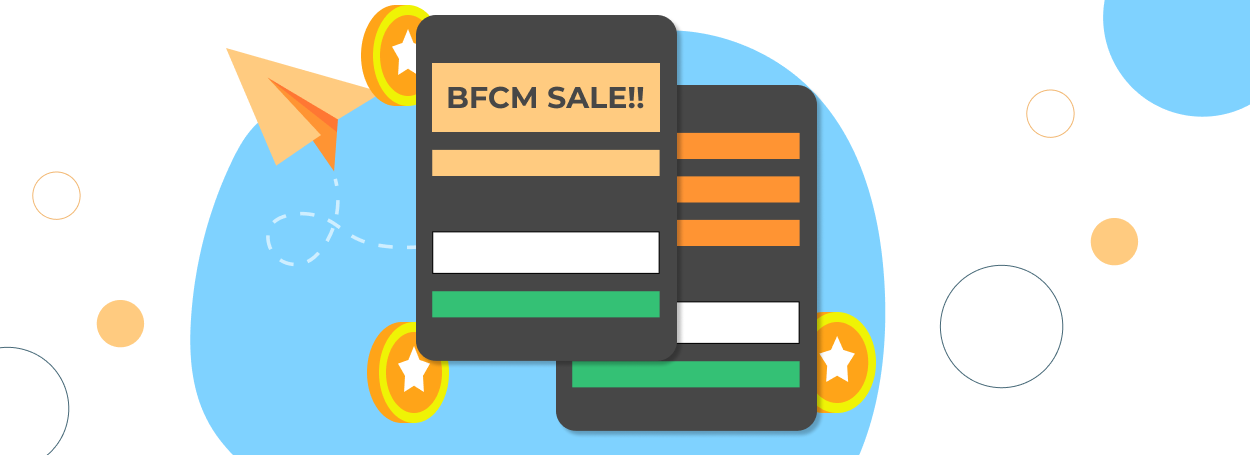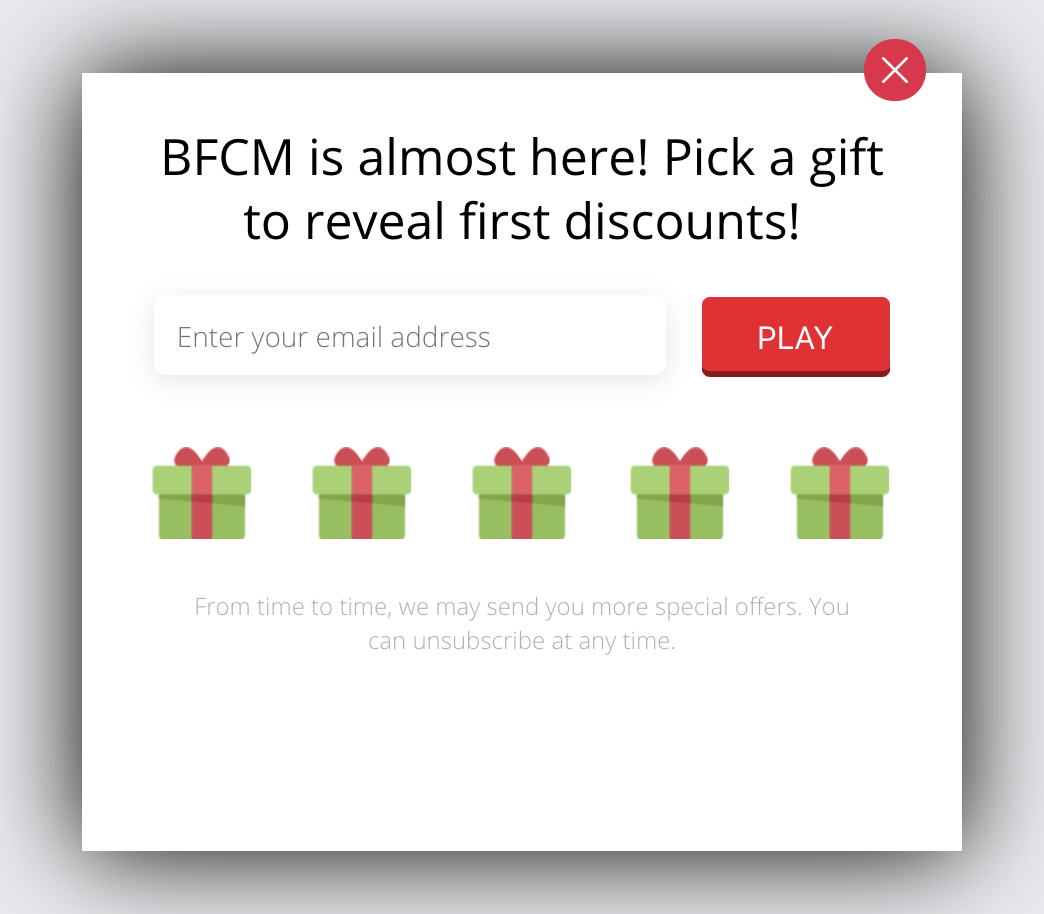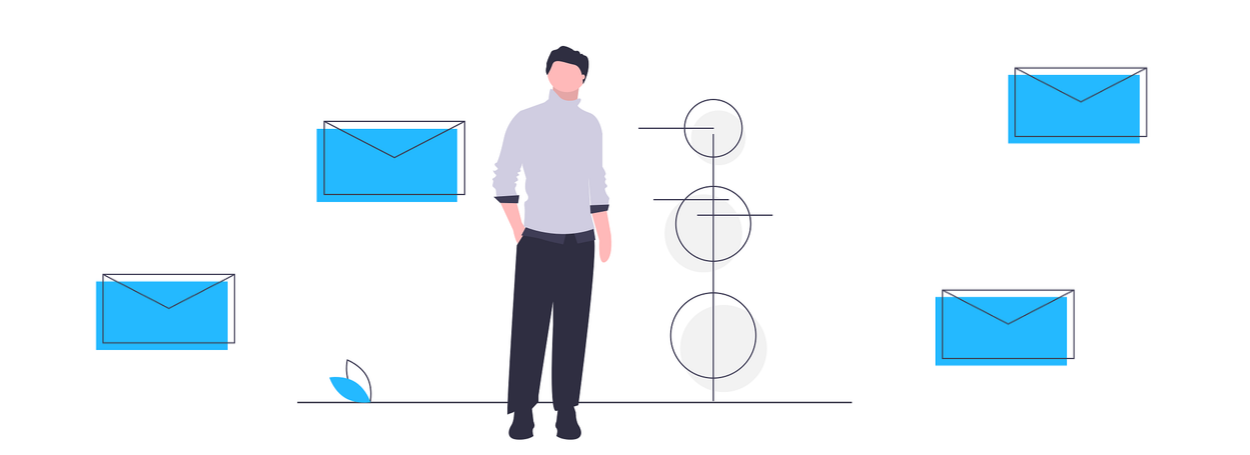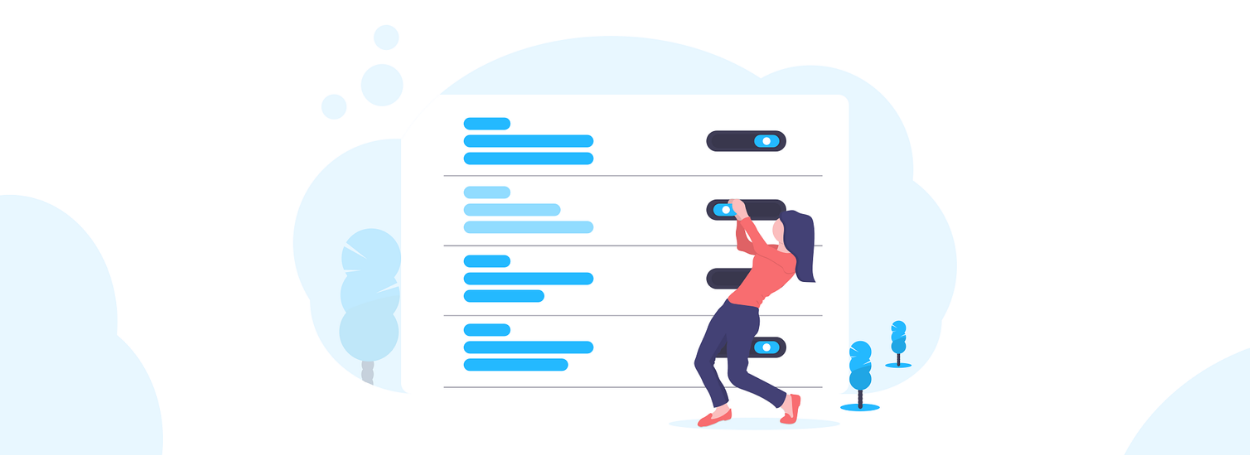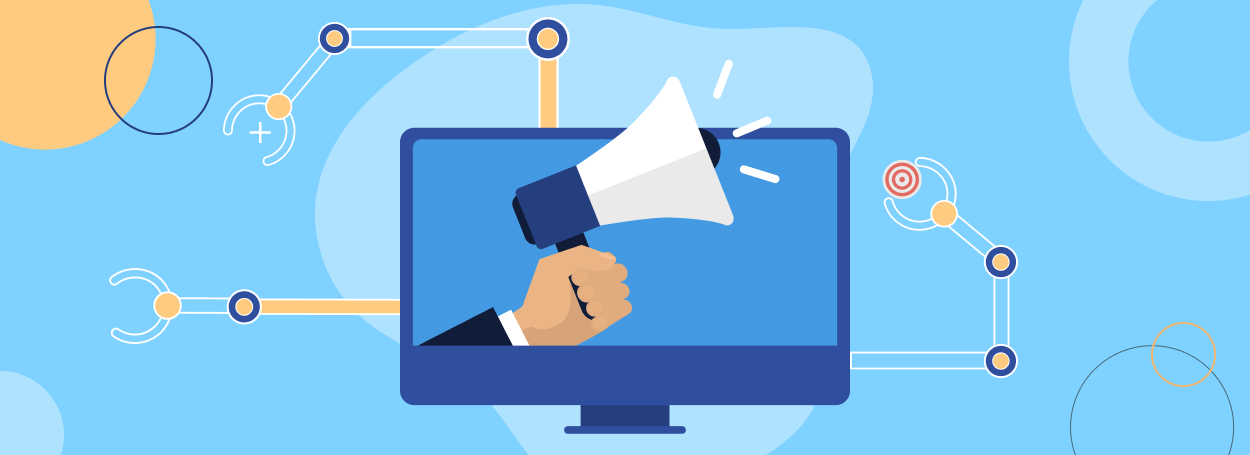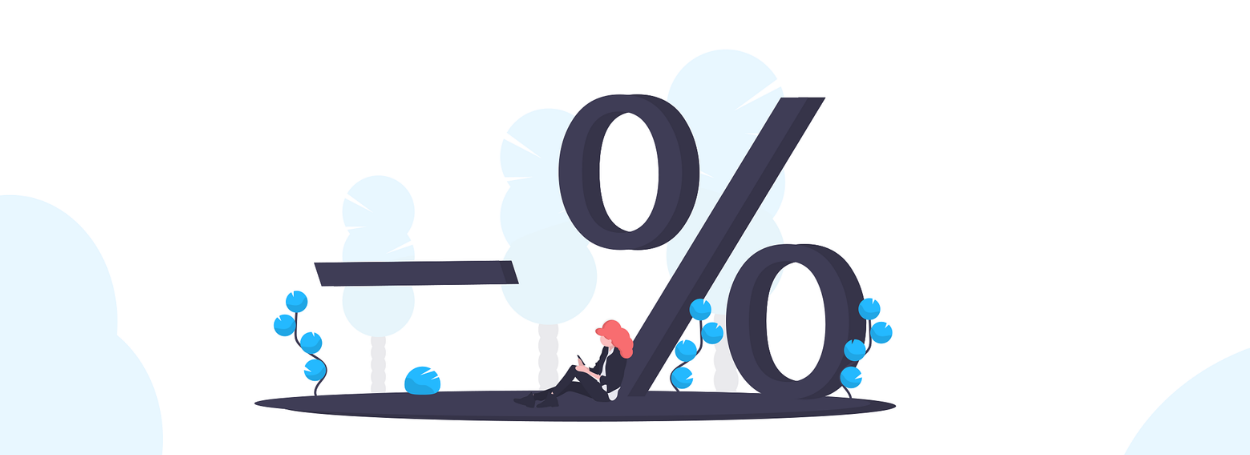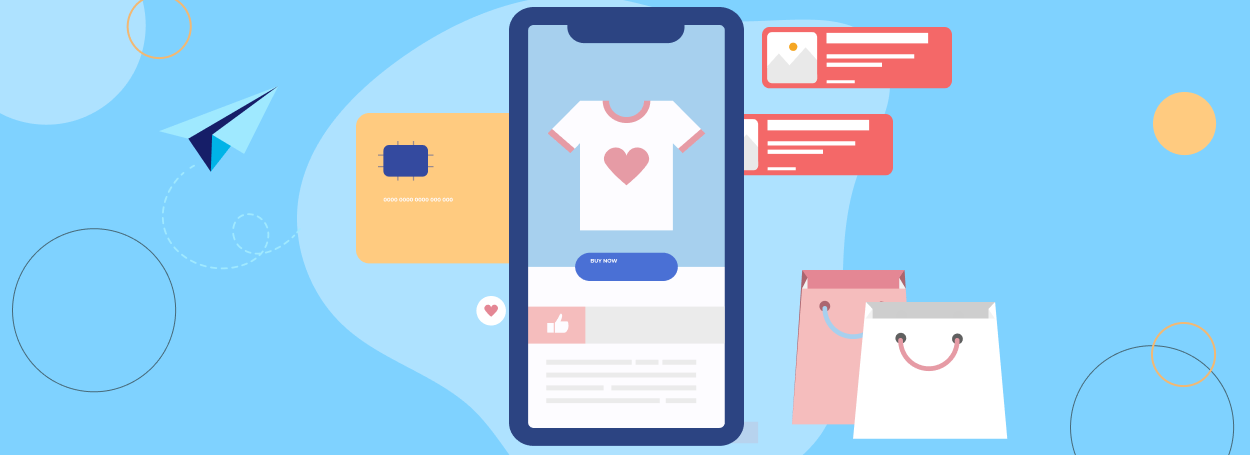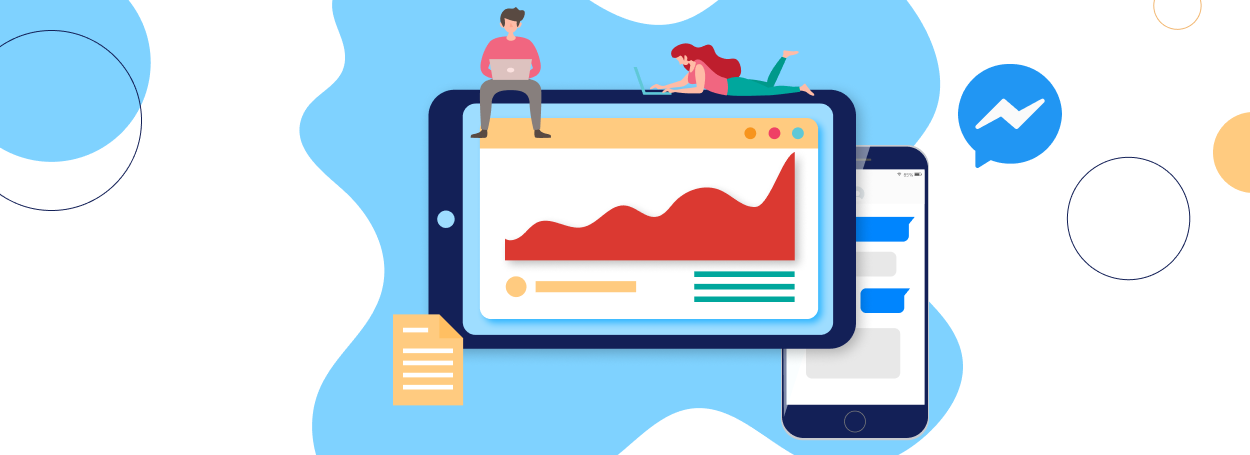As soon as you open an app or the web, the screen floods with notifications, posts, offers, advertisements, and so much more. These are all a part of the marketing strategy to bring in traffic and rank up on the Search Engine Results Page (SERP). While we have been using some marketing strategies for years together, some new techniques are taking a toll over the old ones. Marketing isn’t just limited to the selling of products. It is about tracking customer activity and optimizing the strategies according to their choices. One of the key innovations in marketing that helps to communicate with the customers is web push notification.
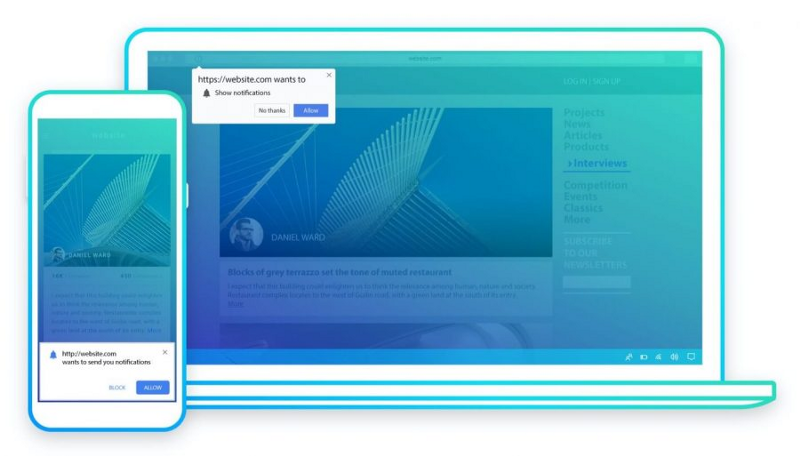
What Are Web Push Notifications?
The web push notification is a middle ground between email marketing and other marketing methods. But you might wonder how is it different from other marketing tactics? Unlike the other strategies, these work even when the user is not active on the app or the site. And these website push notifications act as a great eye-catcher for the target audience. Every tactic has the two sides of a coin, i.e., benefits and pitfalls. So, have a look at them to know how push notifications work, and whether it is a suitable option for your business or not.
Benefits Of Web Push Notification
The website push notifications are a fresh way to engage and build the target audience. Nowadays, marketers are extensively using push notifications as a key re-marketing strategy because of the list of benefits it offers. These benefits include:
- Real-time response and communication: Unlike email marketing, which takes time to get a response from the target consumers, the push notifications generate instant responses. After all, it is about the speed of communication among the users and sellers. You need not wait for days or even hours. You get the response easily with a few seconds or minutes.
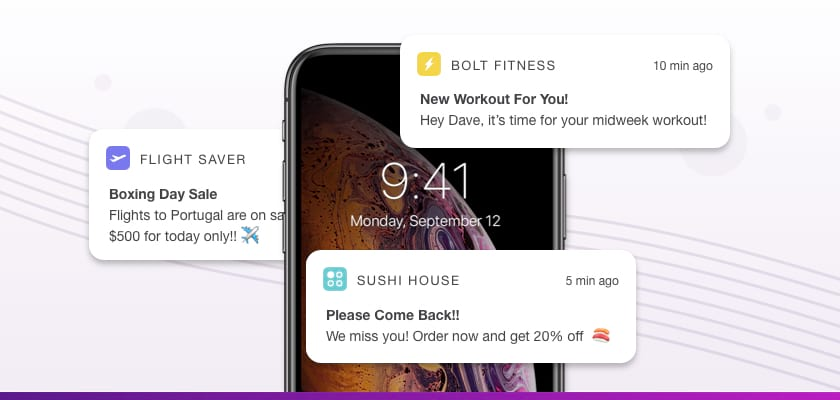
- Budget-friendly implementation: You can hesitate to implement the other marketing strategies due to the cost that comes along with it. While this is not the case with push notifications. You do not need an extensive budget for this. As a matter of fact, you can easily set it up just like your contact list.
- Native delivery: There is no need for log-in to deliver the information. You can send them directly at any point of time in their native environment. This leads to an open and high view rate after sending the message.
- Simple engagement: The engagement through the push notifications is a seamless task. This is what distinguishes it from the normal SMS and emailing methods.
Pitfalls Of Web Push Notification
No marketing strategy is a cakewalk. You always need to put in efforts to stand up in the noise of the digital environment. If you completely rely on the push notifications to increase the subscriber count, here are a few pitfalls that you have to face. These include:
- Long-term efforts: Start from scratch. No, your email list or contacts do not work in this case. Put in efforts to build your brand and gain subscribers. It is not a two-day affair. You need to constantly integrate ideas and strategies, revamp the model to get fruitful results.
- Timing: Imagine getting an amazing offer from your favourite store for the product you liked. You will buy it instantly. But what if you get this offer at 2 a.m. You might think of dropping the idea to buy the product. This is where the role of timing comes in. You need to analyse the user data and understand their activity time to send the notification when they are likely to engage on the site or the app. The timing also plays a crucial role in CTR (click-through rate) and traffic.
- You cannot store a notification: Unlike emails in email marketing, you cannot store the notification. The user has to act instantly. This brings in a sense of urgency, leading them to either grabbing the opportunity instantly or missing the chance.
Optimization And Analysis Of The Success Of Push Notifications
There is always room for improvement. You can always improve your results by improvising the strategies. Even the best marketers do not rely on just a strategy. These vary from business-to-business and customer-to-customer. The few methods you can use to optimize, analyze and achieve better results are:
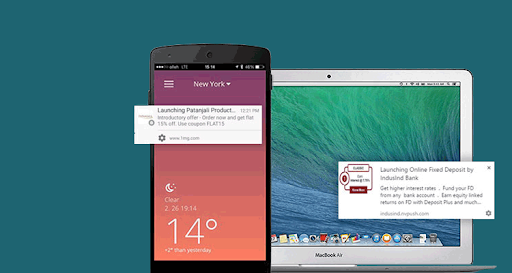
- Business goals: Whatever the case be, never overlook your business goals. Ultimately, that is what you have to reach to bring in traffic to your digital platforms and build a trusted audience. The business goal can even be as little as reaching a subscriber count of 10,000 or just generating a certain amount of revenue.
- Delivery of messages and CTR: It is important to check the click-through-rate which further leads to conversions. It allows you to easily target the customers that are interested to buy your products or read the blogs, whatsoever the case be. Constantly check the delivery of a message at the right time and to the right audience.
- A/B testing: It is also called split testing, which helps to understand the strategies that work with the audience. It involves the testing of two or more products in comparison with other marketing metrics. The A/B testing also allows you to understand the impact that this method has on the traffic and conversion rates. Consider an example. You want to increase the number of subscribers. You can check the results of delayed pop-ups vs the instant push notifications. After comparison, you can understand what works best for the target audience.
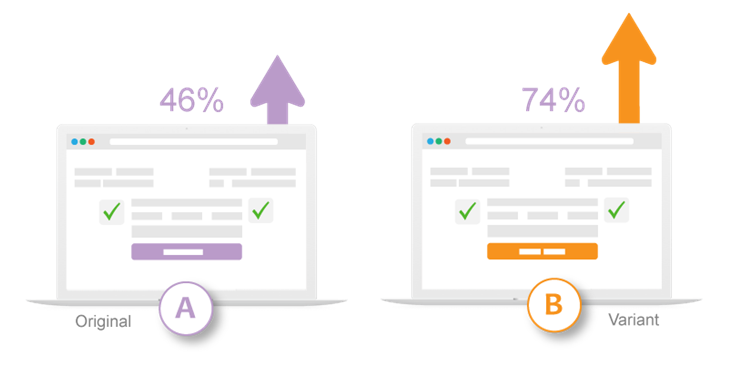
- Buyer persona: It is an integral part to understand customer behavior. The better you understand your audience, the easier it is to market every segment.
- Compelling content: There are times when marketers overlook the importance of short and engaging content in web app push notifications. But content marketing integrated with push notification can generate 3 times the leads. Isn’t it exciting? So, why not put out the best to serve the users and engage them to increase the sales and site traffic? After all, adding a catchy line with some exclusive offers is no tough deal.
Frequently Asked Questions (FAQs):
- What functions can I use the web push notification for?
You can send the web push notifications to highlight the following features:
- Inform the users about new discounts and deals.
- Inform them about an update as a part of the customer engagement strategy.
- Re-engagement with products.
- Alerts about upcoming events or sales.
- How many characters can be used in a single message?
For iOS, you can use 2048 characters, while for Android, you can use 4096 characters.
- What media can we send on iOS and Android?
Android is compatible only with images, while iOS supports videos, images, audio files and even animated images.
- Can all websites send push notifications?
No, only the websites having a secure URL which starts with https://: and not with https://: can send push notifications.
- How are the push notifications different in Safari and Chrome?
In chrome, the push notifications appear on the bottom right of the screen, while in safari the push notifications appear on the top-right corner of the screen.
Conclusion:
In brief, you cannot bring in customers just with a single message. You need to go through an extensive process of being recognized, appearing on the search pages, marketing, building the trust of customers, all of this sum up to help build a sturdy customer base. It involves targeting and then re-targeting the audience to get the best. The bottom line of marketing comes down to the point of delivering the right message with value to the customers.











